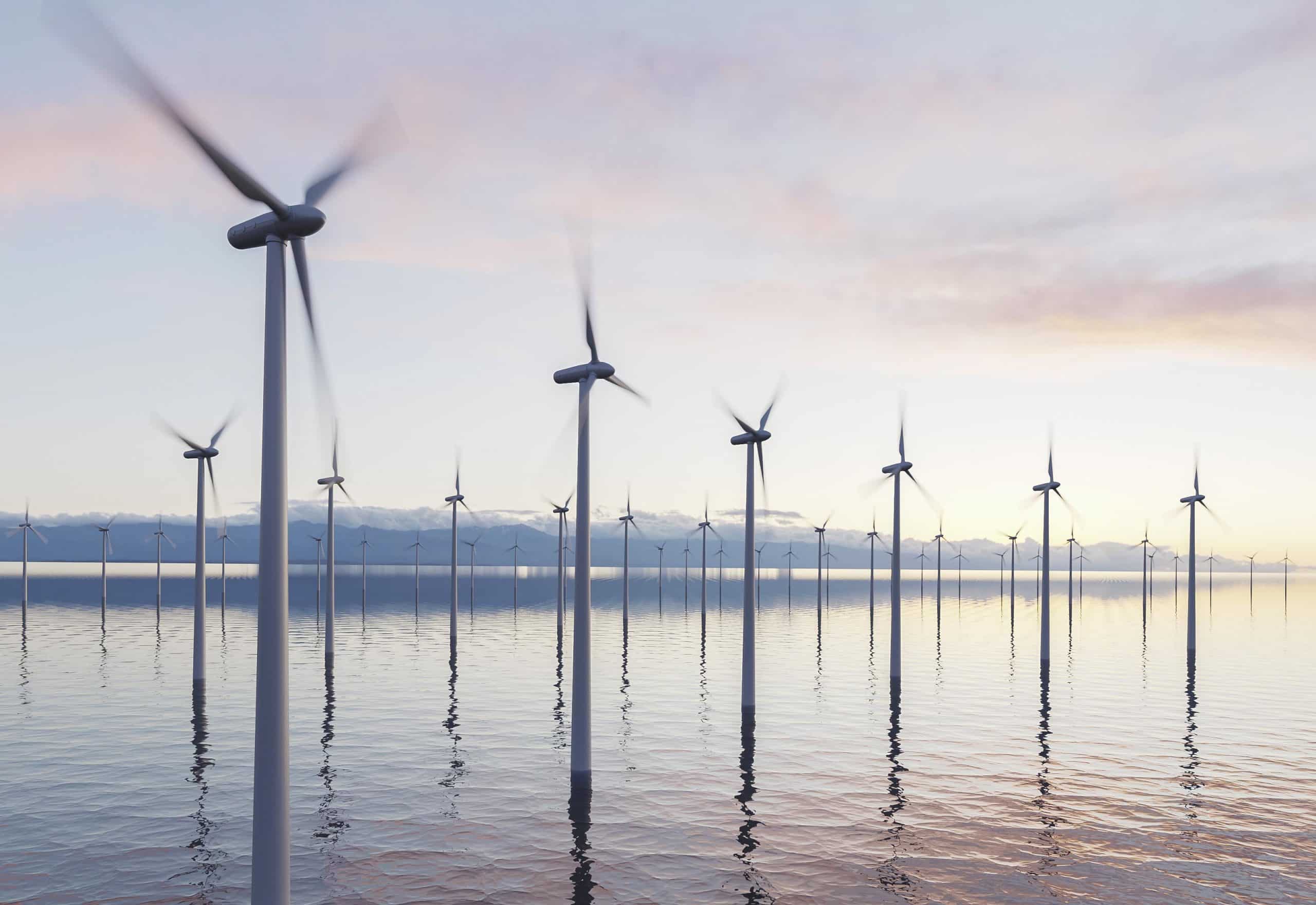U.S. Interior Proposes to Offer Areas With 18-GW Potential in First Gulf of Maine and Oregon Offshore Wind Auctions

The U.S. Interior Department on April 30 announced proposals for offshore wind energy auctions in the Gulf of Maine and offshore Oregon that have the potential to generate more than 18 gigawatts of wind energy and power over six million homes.
The Gulf of Maine auction would include eight lease areas off the coasts of Maine, Massachusetts and New Hampshire, spanning nearly one million acres. These areas can potentially generate up to 15 gigawatts of renewable energy and power more than five million homes. Comments on the proposed sale are due by July 1.
The proposed sale off Oregon consists of two lease areas totalling nearly 195,000 acres and capable of supplying over one million homes. Bidders who commit to supporting workforce training programs or developing a domestic supply chain for the floating offshore wind energy industry would receive bidding credits. Along with the proposal, a draft environmental review of potential impacts associated with leasing activities has been released. Comments on the draft are due by May 31.
To date, the Biden administration has approved eight commercial-scale, offshore wind energy projects with a collective capacity of more than 10 gigawatts of capacity. The department has held four offshore wind lease auctions, including sales in the New York Bight region, offshore the Carolinas, as well as the first sales off the coasts of the Pacific and Gulf of Mexico.
Last month, the department announced a new five-year schedule that includes up to 12 potential offshore wind energy lease sales through 2028. Over the next five years, auctions are expected in the Atlantic, Gulf of Mexico, Pacific, and off the coasts of the U.S. territories.
Further the Bureau of Ocean Energy Management and Bureau of Safety and Environmental Enforcement have revised regulations for renewable energy development in the U.S. Outer Continental Shelf. The regulations are intended to streamline complex processes and remove unnecessary processes, clarify ambiguous regulatory provisions, and improve compliance requirements. These changes are expected to provide greater certainty and lower offshore wind deployment costs.
EnerKnol Pulses like this one are powered by the EnerKnol Platform—the first comprehensive database for real-time energy policy tracking. Sign up for a free trial below for access to key regulatory data and deep industry insights across the energy spectrum.
ACCESS FREE TRIAL